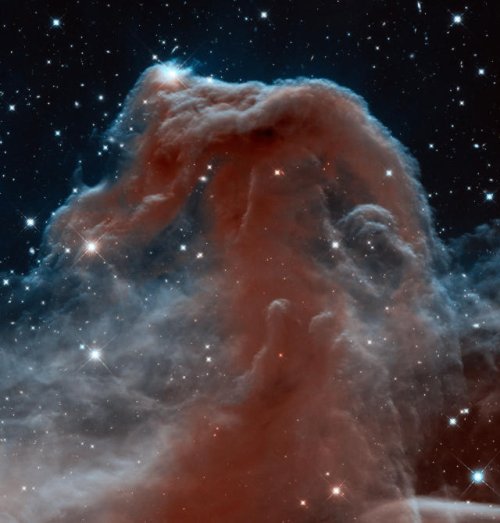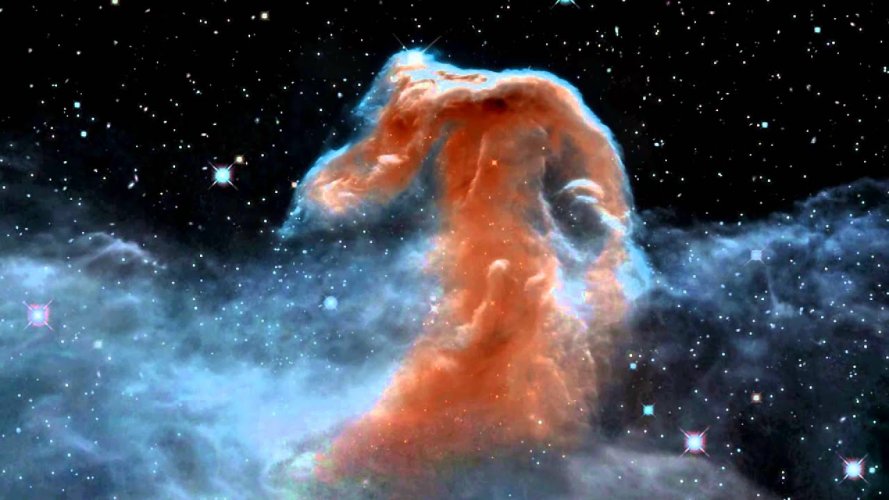- Joined
- Jul 18, 1998
- Messages
- 22,690
- Reaction score
- 47,335
Offline
We are seeing Uranus better than we ever have before
Follow along with the video below to see how to install our site as a web app on your home screen.
Note: This feature may not be available in some browsers.

Voyager 1 is probably one of our (I will say humanity's) greatest achievements ever... The idea of it dying all alone by itself all the way out there after such a heroic mission makes me think a bit of a combo of Wall-E/V.I.N.CENT hurtling into the void in a similar way. A scrappy fighter that punched light years above its weight to go above and beyond what it was designed for. Fare thee well Voyager 1...Somewhat related. And lovely.
Death, Lonely Death
Billions of miles away at the edge of the Solar System, Voyager 1 has gone mad and has begun to die.Let’s start with the “billions of miles”. Voyager 1 was launched in early Septe…crookedtimber.org

Astronomers have observed a distant planet that could be entirely covered in a deep water ocean, in findings that advance the search for habitable conditions beyond Earth.
The observations, by Nasa’s James Webb space telescope (JWST), revealed water vapour and chemical signatures of methane and carbon dioxide in the atmosphere of the exoplanet, which is twice Earth’s radius and about 70 light years away. This chemical mix is consistent with a water world where the ocean would span the entire surface, and a hydrogen-rich atmosphere, according to researchers from the University of Cambridge, although they do not envisage a balmy, inviting seascape.
“The ocean could be upwards of 100 degrees [Celsius] or more,” said Prof Nikku Madhusudhan, who led the analysis. At high atmospheric pressure, an ocean this hot could still be liquid, “but it’s not clear if it would be habitable,” he added.……
Astronomers detect ‘waterworld with a boiling ocean’ in deep space
Exclusive: Significant discovery, made by James Webb telescope, provokes disagreement over conditions on planet’s surfacewww.theguardian.com




Excellent. Maybe next they work on the third rock from the sun.Webb predicts the weather forecast on exoplanet WASP-43 b
The telescope's precise measurements and advanced capabilities have allowed scientists to map the weather on WASP-43 b.www.earth.com
Do you know, this would be a great name for a TV show. Possibly a comedyExcellent. Maybe next they work on the third rock from the sun.
With the increased clarity and colour, it now more resembles a Jim Hensen muppet creation than the head of a horse.DALLAS (AP) — NASA’s Webb Space Telescope has revealed the sharpest images yet of a portion of a horse-shaped nebula, showing the “mane” in finer detail.
The Horsehead Nebula, in the constellation Orion, is 1,300 light-years away. A light-year is nearly 6 trillion miles (9.7 trillion kilometers).
Discovered over a century ago, its nickname derives from its striking appearance — a wispy pillar of gas and dust that resembles a horse rearing its head.
Webb’s latest infrared images released Monday captured the top of Horsehead in greater detail, illuminating clouds of chilly hydrogen molecules and soot-like chemicals. These glamour shots can help refine astronomers’ understanding of the nebula, which acts as a nursery for big stars to brew.…..
A horse-shaped nebula gets its close-up in new photos by NASA's Webb telescope
NASA’s Webb Space Telescope has revealed the sharpest images yet of a portion of a horse-shaped nebula.apnews.com